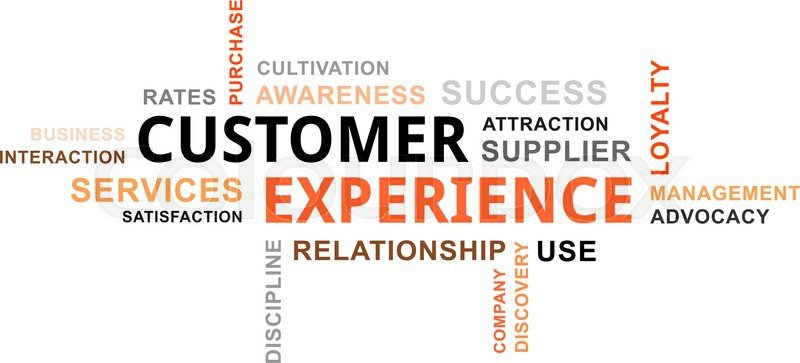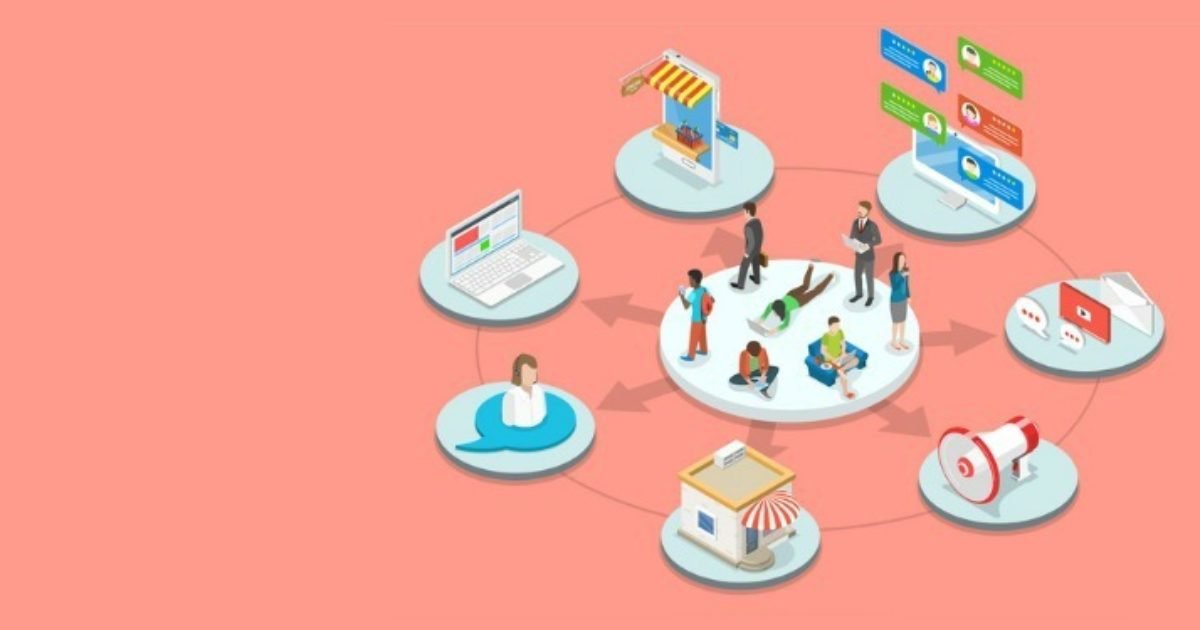Selling is not hard when you know what you are doing. Sales is a skill and you really need to know how to do it because it’s a skill that will be with you throughout your life. I recently worked with a sales team on 3 key areas:
Attitude - How do you maintain a positive, possible attitude? Taking full responsibility for what you are doing, keeping an expectant attitude in place. How do you manage your attitude when things take a dip and go wrong?
Competence – This is all about selling and understanding the methodology. How do you get buyers to really listen and learn about what the problem really is so you can go about a decision evidence model?
Execution - Doing the things at the right time with the right people.
These things in combination are what drives the results you are going to get. The “old school” pitch, persuade and close the deal is the wrong starting point for the modern salespersons. Commit to helping the buyer make the best possible decision that benefits them, and tell yourself, “I’m at my best when I sell in this way.” I think you should always give buyers the room they need in order for them to really understand what they need, want and why from you.






















